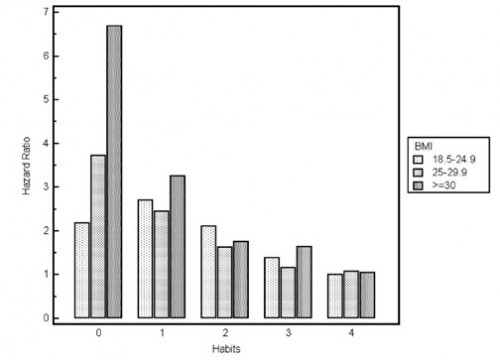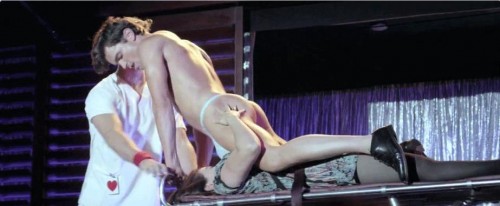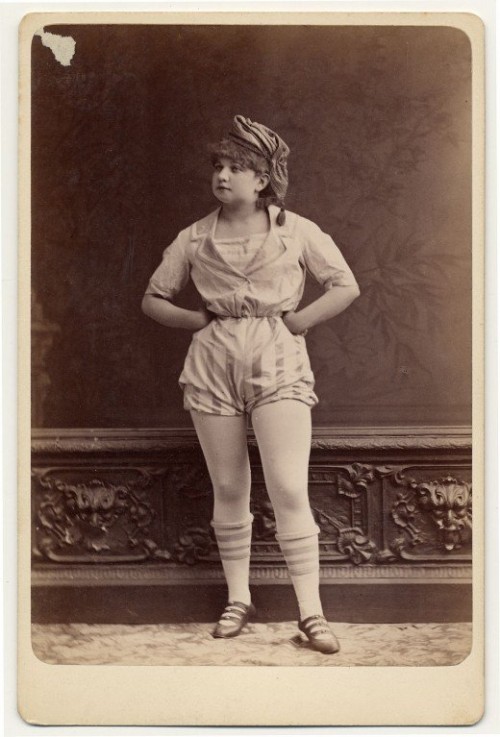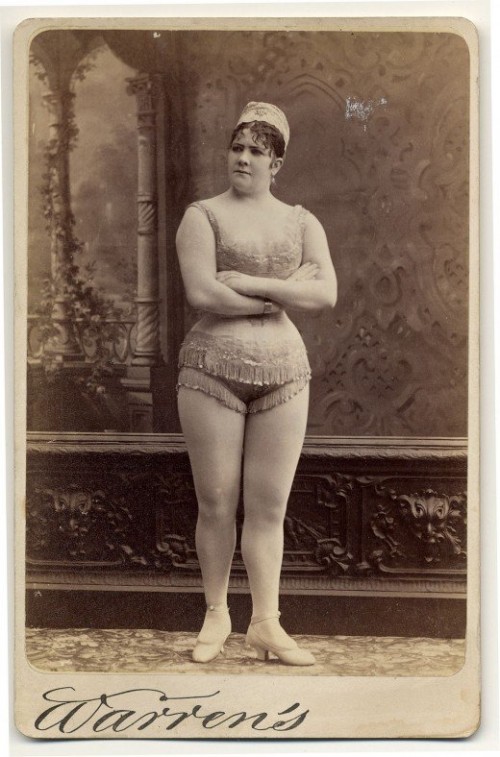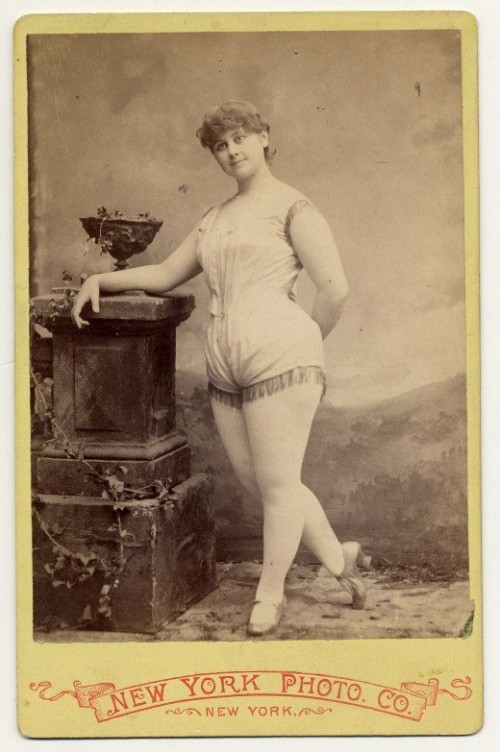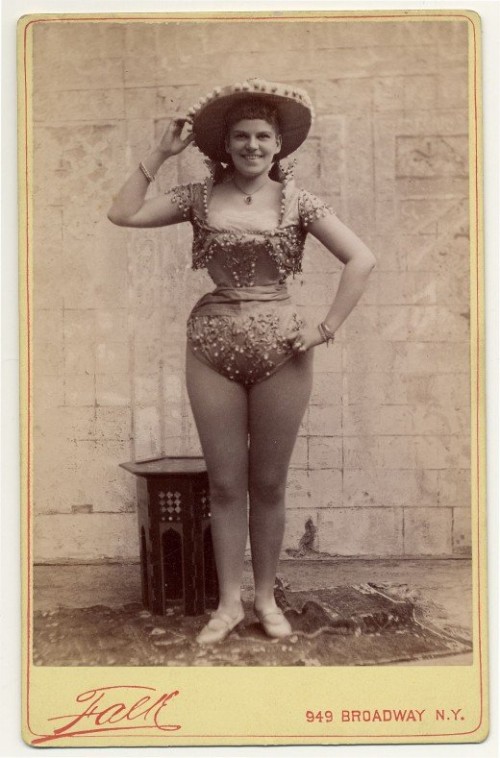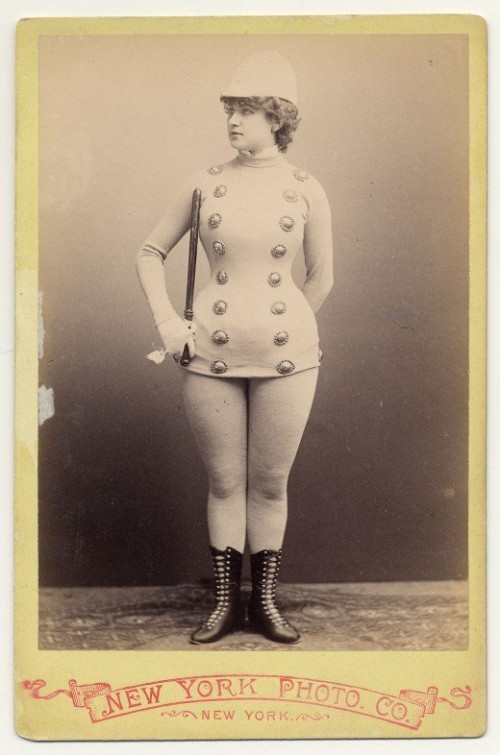Dieting is for women.
I mean we all know that dieting and women go together like peas and carrots. We know this — collectively and together, even if we don’t agree that it should be this way — not because it’s inevitable or natural, but because we constantly get reminded that women should be on diets and dieting is a feminine activity.
@msmely tweeted us a fabulous example of this type of reminder. It’s a reduced fat block of Monterey Jack cheese, re-named “Monterey Jill.” There’s curvy purple font and a cow in pearls with a flower, in case you missed the message. And, oh, on the odd chance you thought that this was about health and not weight, there’s a little sign there with a message to keep you on track: “Meet Jack’s lighter companion.”
So now we’ve gendered cheese and managed to affirm both the gender binary (heavy vs. light), heterocentrism (Jack’s companion Jill), and the diet imperative for women. And it’s just cheese people! Cheese!
That is all.
Lisa Wade, PhD is an Associate Professor at Tulane University. She is the author of American Hookup, a book about college sexual culture; a textbook about gender; and a forthcoming introductory text: Terrible Magnificent Sociology. You can follow her on Twitter and Instagram.


